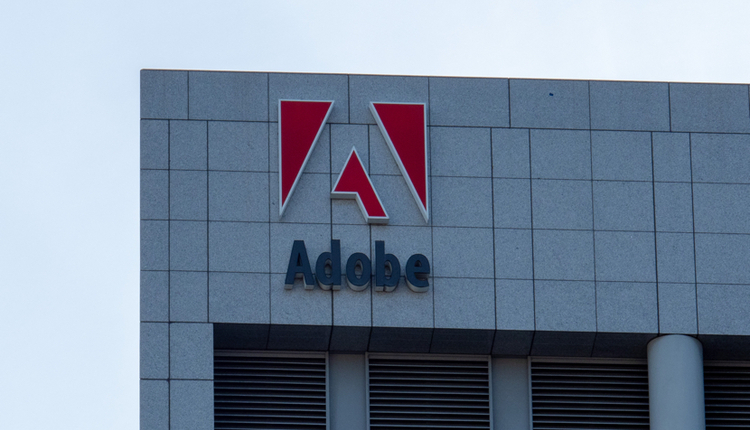
The implementation of a well-structured, architected document repository management system provides a foundational capability for organizations to develop innovative content-enabled business solutions.
The requirement for government agencies to effectively manage congressional (or parliamentary) correspondence is one example where an architected document management capability can provide the basis for implementing a content-enabled business solution. Congressional/parliamentary correspondence is typically used to make representations (requests) to responsible members of the executive on behalf of constituents. It is viewed as a mechanism to facilitate transparency and accountability in the transaction of government business. Citizens, equipped with modern technology devices, expect timely and informed responses to requests lodged with their elected representatives. Government agencies are normally required to meet strict performance levels for managing this type of correspondence.
A challenge for many government agencies is to implement effective solutions for receiving, managing and responding to congressional/parliamentary correspondence. For example, routing of correspondence to subject matter experts, review and authorization patterns may be subtly different, depending on the nature of the correspondence.
Furthermore, correspondence processing can be complex when it requires collaboration between multiple sub-departments and/or where inter-agency responses are required. Inter-agency responses increase the complexity of the preparation, review and approval of individual submissions and assembly of a collective response. There is also growing demand within agencies for staff to access content from mobile devices, thus, enabling staff to collaborate and contribute to responses and allowing executives to review and approve correspondence from a diversity of devices, including mobile phones, tablet computers and remote desktops.
MORE: What Lies Behind the Paper
The strategy for an effective and sustainable system for managing congressional/parliamentary correspondence cannot rely solely only on the selection and implementation of a technology solution. For example, adequate governance and management controls are vital to effectively support correspondence processes. There is the risk, particularly where multiple sub-processes are involved and/or where there is a requirement for inter-agency collaboration, that governance and controls are inadequate. This increases the risk that correspondence might not be subjected to applicable review and approval authorities. Furthermore, there is a requirement to plan, develop and implement a holistic policy framework that provides agencies with the policies, procedures, guidelines and controls to support the effective management of correspondence. Consequently, the strategy for an innovative and sustainable content-enabled business solution for managing congressional/parliamentary correspondence must feature an integrative approach that derives key elements of business, information and application and technology architecture domains.
The business architecture domain needs to take into account the vision, strategies and objectives for a solution to managing congressional/ parliamentary correspondence. The vision and strategies require innovation from the champions of the solution. Visionaries and champions may embrace the opportunities offered by business process improvement and innovative use of the capabilities offered by technology. The cultural change aspects, the requirements for collaboration and mobility, also need to be considered as part of the business architecture domain.
The information architecture domain typically includes the policy framework, the information governance and management principles that need to be applied. This domain also typically covers data and metadata models, content architectures and information security. An integral component of the information architecture domain, particularly for vital records such as congressional/parliamentary correspondence and agency responses, is the requirement to define recordkeeping policy, requirements and models for recordkeeping.
The application architecture domain covers the definition of the various applications that may be required to support the innovative and sustainable solution envisaged in the vision. An application is usually required to manage the registration, routing and tracking and basic reporting. There may be a requirement to integrate with workflow to support process automation and to integrate with business intelligence capabilities for performance and management reporting. There may be a need for application integration, and there may be a requirement for inter-departmental or inter-agency portals to support collaboration.
"The strategy for an innovative and sustainable content-enabled business solution must feature an integrative approach that derives key elements of business, information and application and technology architecture domains."
The agency’s document management repository can be used to manage documents and other digital content (such as images, audios, videos and similar). The document management system would, amongst other things, provide versioning and version control capabilities and apply document life cycle management during the creation, review and approval processes. Depending on the nature of the solution, the document management system may be integrated with a business application, such as CRM system (which may hold the business data relevant to the correspondence communication). It may be integrated with a collaboration/portal site that is used as a team-based tool, or inter-agency tool, to support the development of responses.
There may be a requirement to integrate with document scanning tools to support document capture processes, which would be beneficial where correspondence is received in hard copy format, and the strategy is to digitize the correspondence management process. The application architecture may also need to take into account whether there is a requirement for the document management system to be integrated with web content capabilities and also the requirements for managing social content that may be applicable to managing congressional/parliamentary correspondence management.
A records management capability, integrated with the document management capability, would support the implementation of the records policy and requirements. Both document management and records management may be integrated with enterprise search to facilitate rapid access to relevant content.
The technology architecture domain covers the technical operating models, requirements for desktops, servers and storage, network integration, services integration and aspects such as performance and disaster recovery.
The vision and strategies that guide future directions for an agency’s congressional/parliamentary correspondence management solution should include an assessment of the benefits and risks of cloud services (private, public, hybrid) and the various managed services models that may help to support a compelling business case for the solution.
An integrative approach, combining elements from business, information, application and technology domains of enterprise architecture, may be the key factor that assists organizations to envision and articulate a flexible, scalable and extensible solution for managing congressional/parliamentary correspondence.
Another key element is innovation. Innovation means thinking outside our comfort zone, challenging those aspects of organization that might be perceived as being exempt from criticism or questioning and applying principles of creative theory to help devise innovative solutions that are workable and sustainable.















